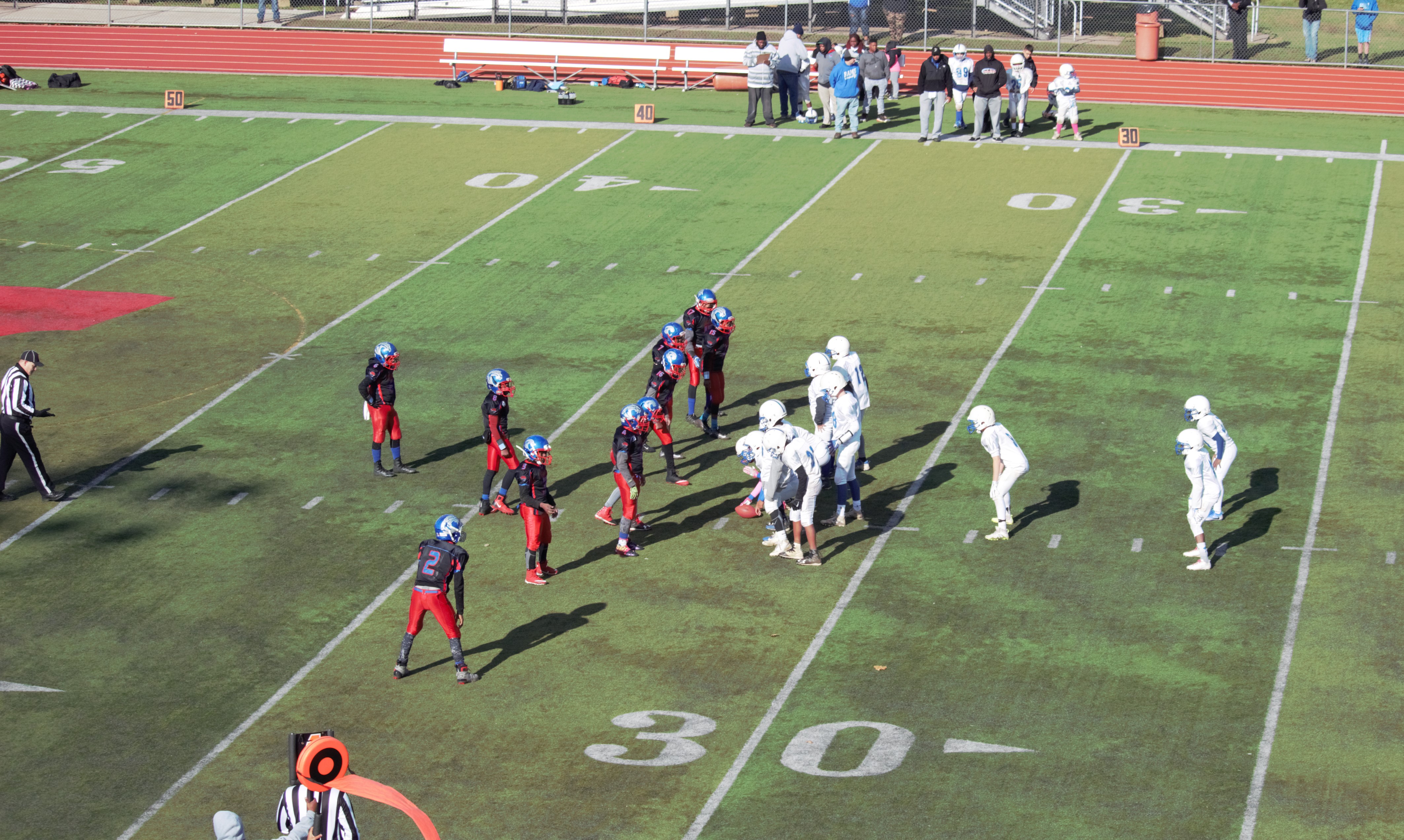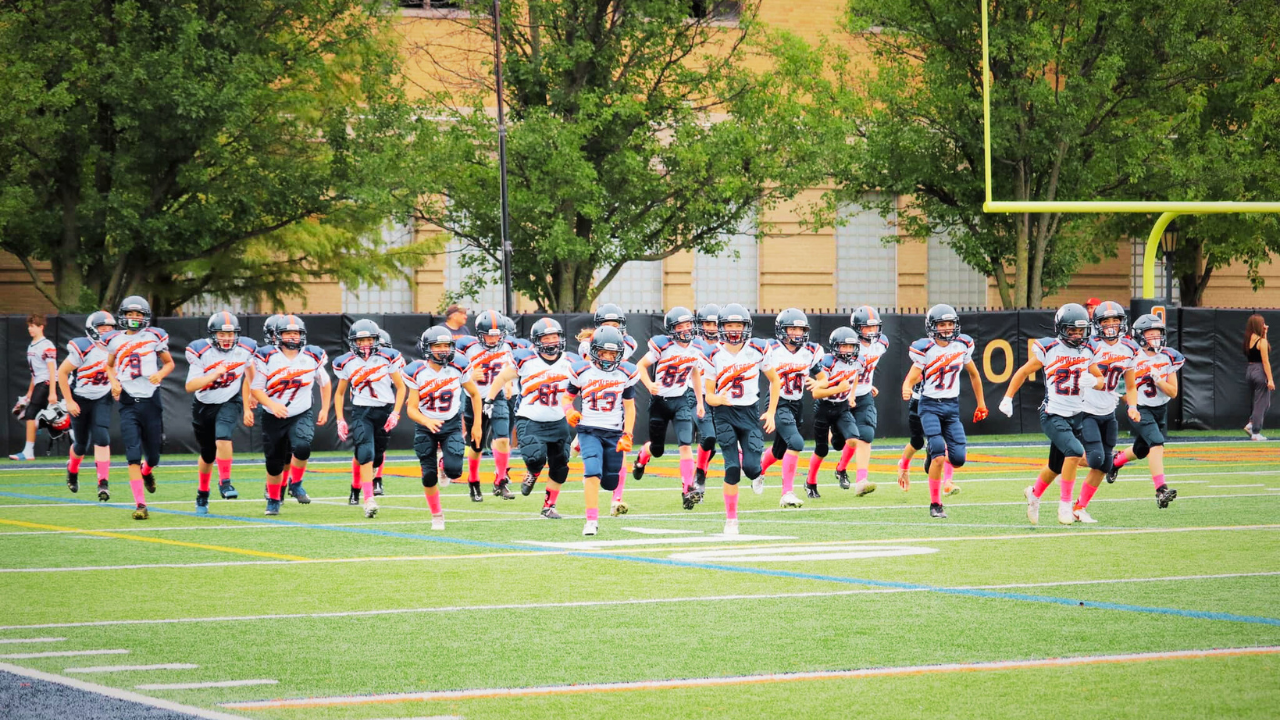Ideal Characteristics of a Linebacker | Finding Linebackers

Defensively there are very few positions as important as the linebacker. The linebacker is often referred to as the Quarterback of the defense because he is responsible for ensuring the defensive line is lined up correctly and the backfield knows it’s coverage. In addition the linebacker must be able to come down and stop the run while also getting outside and defending the pass. Finding a good core of linebackers is one of the most important considerations for defensive coaches.
Ideal Characteristics of a Linebacker
When we are looking to determine where players fit we always look at the players strengths and where they will be able to display these strengths. Every player brings a unique collection of strengths that they can use to help the team. We are always looking for four characteristics for the ideal linebacker. While the majority of our linebackers don’t possess all four of these characteristics, we hope for at least three of the four and then count on coaching to develop the fourth to a serviceable level.
The first, and arguably most important, characteristic is leadership. The linebacker is where the defense will naturally look for leadership. This is the player that will be making the call to set the strength and adjusting to any motions of formation changes. This puts them in a natural position of leadership. Leadership can come from different places, but the team will normally look to the linebackers first so it’s important they have some ability to lead the team.
Related Content: Linebacker Drills for Youth Football
The next characteristic we look for is a knowledge of the game. Here we don’t need them to understand all the intricacies of the defense or the offense we are playing against. While they don’t need to know every detail they should have a good idea of their gaps and how that affects the defensive line and it’s alignment. In addition, they don’t need to know the in’s and out’s of the offensive scheme but they should know the major plays that the offense runs and what some of the predictors are. As a whole when evaluating the knowledge category it’s not as important to see what they know but more are they willing and able to learn not only their assignment but how their assignment is affected by the line and the offense.
Another major characteristic we look for is the ability to tackle. In the end the linebacker is primarily a run stopping player. He must be able to step into a gap and make a tackle on a runner coming through a hole. If he is not able to fill the holes and make a tackle the integrity of the defense goes out the window.
The final characteristic we look for is the players hips. When we evaluate a players hips we are trying to see how easily they can go from stopping the run to covering the pass. This involves them going from a forward facing position to flipping their hips and getting out of the box. The ideal linebacker has the ability to go from defending the run to covering a Tight End on a seam route. This is probably the skill that is least important because the defensive coordinator can make adjustments to put the linebacker in a position where he has help from the secondary if he struggles in this department.
Related Content: Linebacker Reads vs the Run-Pass Option
When evaluating players it is always critical to look at their skill set and the tools they bring to the table. Every athlete comes with a set of skills that are unique to their body and personality. As a coach it is our responsibility to find a position where their skills match up with what we are asking them to do. While most linebackers will not be good at all four of the characteristics above, with coaching it is reasonable to expect the starting linebackers to be solid in at least three of the four categories.










